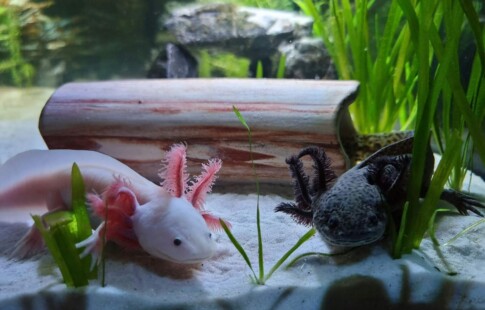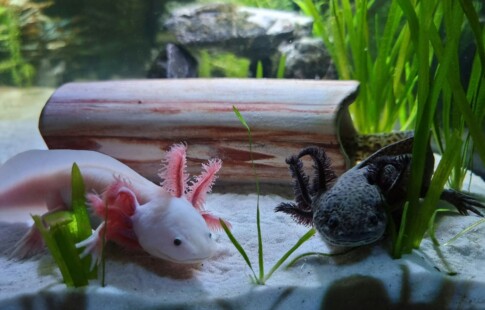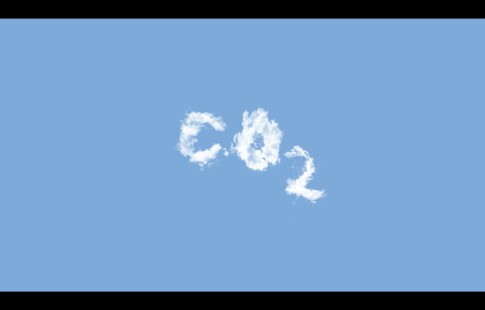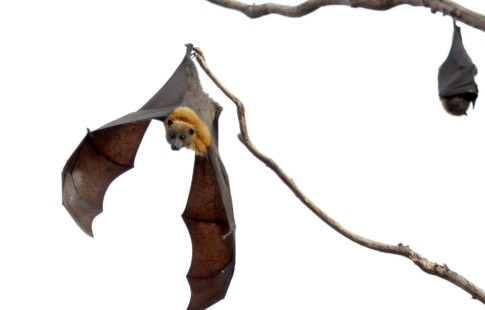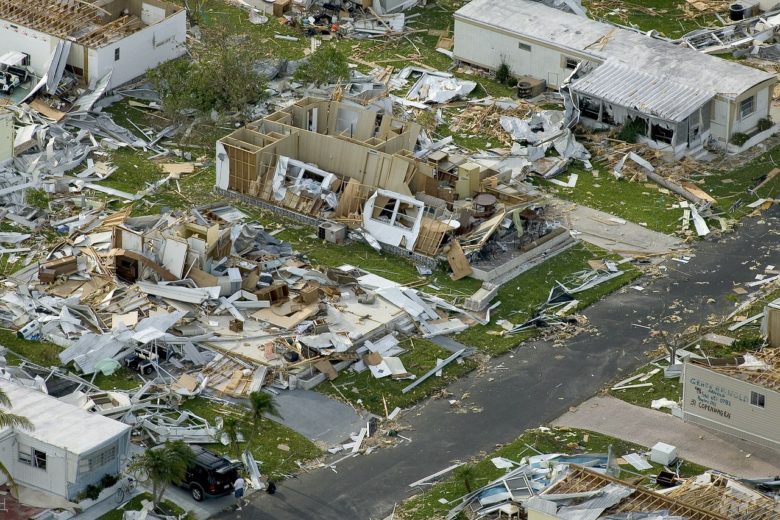
Causes of Natural Disasters: How Do They Impact Climate Change?
We are reader-supported. When you buy through links on our site, we may earn affiliate commission.
A major part of mounting a realistic defense against climate change is understanding the signs to look for and how they stand to change life as we know it. Right now, a lot of people overlook the relationship between our changing climate and the likelihood and intensity of natural disasters.
Climate change doesn’t cause natural disasters, nor vice versa. But both of these monumental forces seem to be locked in a kind of feedback loop making both more destructive. Let’s take a look at this relationship, why it exists, and what it means for the future of life on earth.
NASA on Global Warming and Natural Disasters:
We can turn to NASA here for some insight into the science at work. But first: what causes natural disasters?
The mechanics of, say, hurricane formation are very well understood. As hot and moist air rises, it encounters cooler air in the atmosphere. This causes clouds to form and for moisture to concentrate in the atmosphere. But should we expect intense rain storms, hurricanes, and other dangerous natural events to worsen over time?
According to NASA, most climate models used today agree on several major trends. Each of these trends, they say, will play a role in determining the magnitude and damage caused by future catastrophic weather events:
- The increase in greenhouse gas emissions in the atmosphere will cause general warming across the earth’s entire surface.
- As average temperatures get warmer, the risk of droughts, tropical cyclones, and other intense storms rises too.
- Global warming is likely to affect storm formation because it will shrink the temperature differential between the equator and the earth’s poles. This difference in temperature is responsible for the middle-latitude storms so much of the planet’s population is familiar with already. A warmer climate could produce fewer storms, but also much more destructive ones.
- At the equator, conditions are already humid and hot. But a more humid environment on average across the globe means an atmosphere far more saturated with moisture. Rising temperatures means more water evaporating from earth into the atmosphere.
All of this combined means earth may be in for longer and more destructive storm seasons across a larger portion of the planet’s surface. Various regions could receive all of their rainfall in one intense bout, compared with being more equitably distributed throughout the year.
Hopefully, this sheds some light on the mechanics involved. And hopefully it’ll help round out our vocabulary as we regular folks help to build consensus right alongside climatologists.
A Destructive Feedback Loop
Scientists have been wrestling with the question of natural disasters linked to climate change since about 2003. At that time, the prevailing view was that a warming planet would have some effect on future weather events. But it was thought they would be difficult to predict with any clarity.
That view has since shifted dramatically. In fact, there is now an emerging branch of science dedicated specifically to this field of study, called climate change attribution science. In a breakthrough paper which helped prove the validity of this field, scientists demonstrated that climate change effectively doubles the risk of an individual heat wave occurring.
Essentially scientists are growing increasingly confident drawing parallels between major storm events and the mechanics of climate change. In the wake of every recent natural disaster, there’s been much conversation and controversy surrounding the idea of attributing climate change to, say, the Camp Fire in California.
Scientists now have models which seem to confirm the hypothesis that higher average temperatures on earth could trigger natural disasters or make their influence harder to predict and recover from.
The link between catastrophic wildfires and climate change is particularly worrisome. California’s Camp Fire is contained now, but it burned for two weeks, destroyed 19,000 buildings and killed 85 individuals. As mentioned, higher temperatures across the globe mean worsening drought conditions and conditions ripe for wildfires even in places where these events are not common, such as above the arctic circle. But this is now an increasingly common phenomenon now that the planet’s average temperature is rising steadily.
Mark Parrington, one of the senior scientists working at Copernicus Atmosphere Monitoring Service, or “CAMS,” says the situation is “unprecedented.” Between June 2019 and July 24, 2019, CAMS had tracked more than 100 intense storms above the arctic circle. This is happening because the temperature in the Arctic is rising faster than temperatures elsewhere in the world. Rising temperatures anywhere mean a generally higher risk of wildfires breaking out. However, their appearance above the arctic circle should be a particularly alarming portent.
Climate Change, Storms, Fires and Other Disasters
There’s a lot more to study and understand when it comes to the causes of natural disasters and climate change. But as time passes and we collect more information, scientists stand in greater agreement that human activity warms the planet. A warmer planet means worse storms and a greater risk all over the globe of sustaining infrastructure damage and the loss of human life.
Politics is a tricky subject, but social unity in the face of ecological collapse should be anything but controversial. Unfortunately, the U.S. has a disproportionate influence when it comes to the global response to climate change, and the current administration regularly pressures publishing scientists to scrub even the phrase “climate change” from their papers.
Whether it’s intense rain in areas not prone to it, or full-blown hurricanes, droughts, heatwaves and wildfires, human behavior over the coming years will make or break the long-term habitability of planet earth and determine how long it takes our one-and-only home to recover from centuries of misuse.
Share on
Like what you read? Join other Environment.co readers!
Get the latest updates on our planet by subscribing to the Environment.co newsletter!
About the author

Jane Marsh
Starting from an early age, Jane Marsh loved all animals and became a budding environmentalist. Now, Jane works as the Editor-in-Chief of Environment.co where she covers topics related to climate policy, renewable energy, the food industry, and more.
